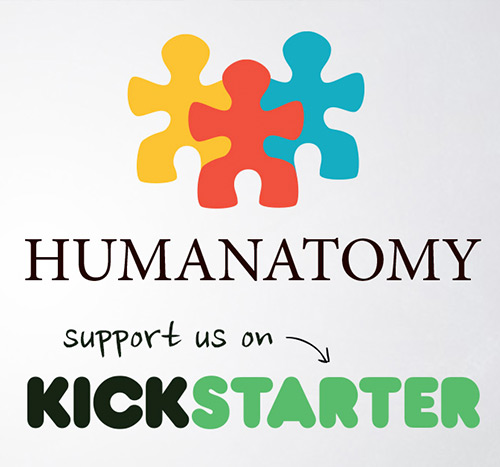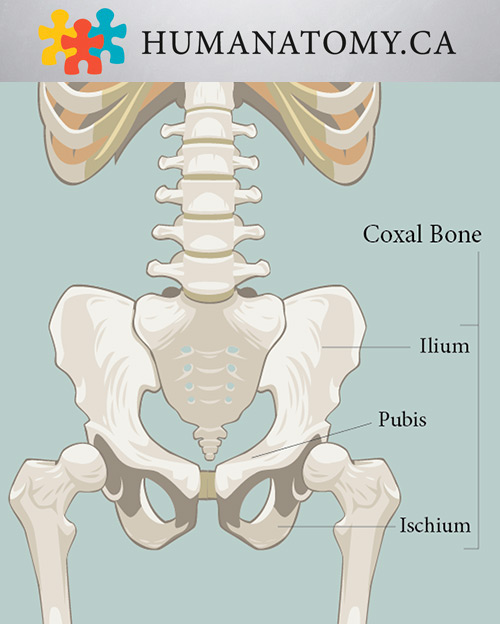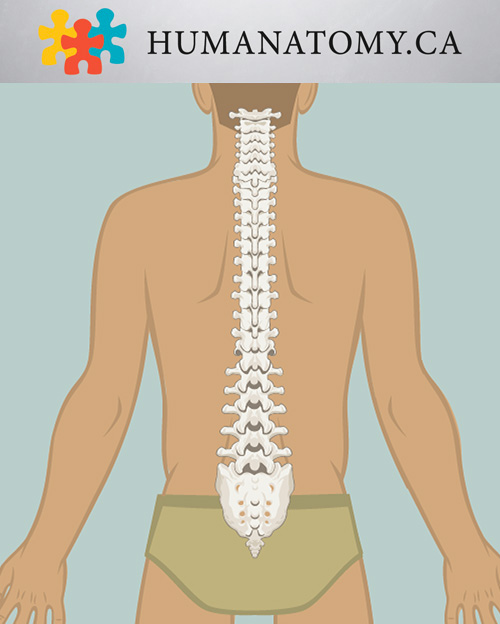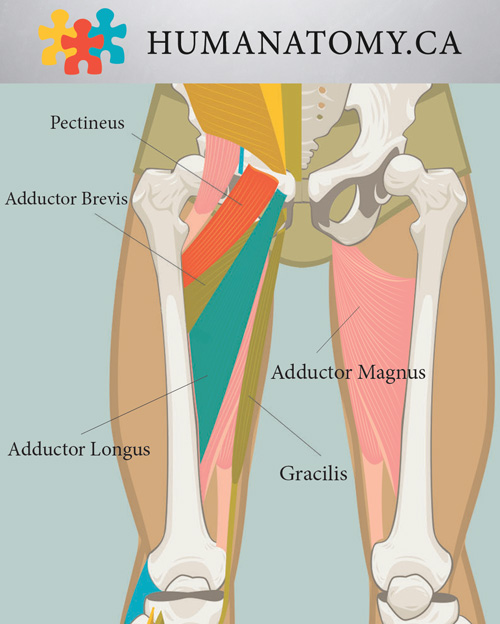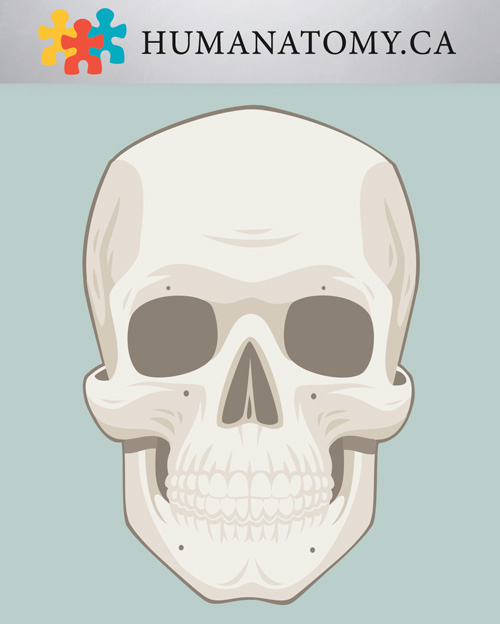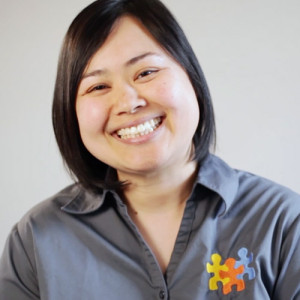Thank-you for your Support of Humanatomy
Posted September 28th, 2015
Category: Uncategorized
Author: Paula Jaspar
Tags:
thank-you welcome youtube
Dear Humanatomist
Thank-you so much for your support of my work.It has been a year since I have dedicated time and energy to Humanatomy. A couple of milestones to share:
1. Today my YouTube channel exceeded 101,000 view!
2. I completed my Masters Of Education from Simon Fraser University.It makes me so happy to see that the information is useful and informative. I am back and ready to focus some love and attention to Humantomy. I have been considering some ideas from products to games and on-line learning tools.
Please let me know how I could make Humanatomy more awesome for you!
Sincerely,
Paula Jaspar, MEd, RMT
Muscles That Share Common Attachments
Posted November 25th, 2014
Category: Anatomy
Author: Paula Jaspar
Tags:
memory aid muscles video
Here’s two new memory aids for muscles that share common attachments.
Boney Prominences and the Muscles that Attach There
Did you know that every bump, knob, roughening on a bone means that something (i.e. muscle, ligament) attaches there? The bones are constantly remodeling due to the stress put on the bone! The bigger the bump, more likely that more muscles attach there.
1. Greater Tubercle
This bump is on the lateral proximal humerus. Tubercle = “little swelling” in latin. With anatomy, if there is a descriptor then there will be a partner. The greater tubercle has a little brother called the lesser tubercle.
There are 3 muscles that attach to the greater tubercle. You can remember them by:
SIT
Supraspinatus (insertion)
Infraspinatus (insertion)
Teres Minor (insertion)
2. Coracoid Process
This bump is on the scapula. Coracoid = “crow’s beak” in latin. If you look at it closely, it does look like a crow’s beak!
You can remember the 3 muscles that attach there by thinking of:
Crow’s Beak Pecks
Coracobrachialis (origin)
Biceps (origin short head of biceps brachii)
Pectoralis minor (insertion)
If you want to more about origin and insertions you can watch this short Humanatomy video:
Two Memory Aids for the Pelvis
Posted November 11th, 2014
Category: Anatomy
Author: Paula Jaspar
Tags:
memory aid pelvis
Just a reminder that our Kickstarter campaign has only 16 days left! Help us by sharing our campaign on Facebook, Twitter and Instagram. One of our Kickstarter backers sent us a memory aid for the pelvis the other day. Many memory aids are funny or quirky. Memory aids are all about making a connection in the brain for recall. It might be a mnemonic, a rhyme, a metaphor or an image.
Here’s a mneumonic for the Internal Iliac Artery Branches that I found quite funny (and memorable):
I Love Going Places In My Very Own Underwear:
I – Ileolumbar
L – Lateral sacral
G – Gluteal (superior and inferior)
P – Pudendal (internal)
I – Inferior vesicle (uterine in females)
M – Middle rectal
V – Vaginal
O – Obturator
U – UmbilicalCoxal Bone
While we are talking about the pelvis, understanding why names were chosen in the original Latin and Greek can also help solidify things in your mind. Let’s have a look at the Coxal Bone which is the fusion of three bones:
The Coxal Bone is the fusion of the Ileum, the Ishium and the Pubis.
The Ileum – Latin (ile, ilis), meaning “groin” or “flank”. This is the upper most bone of the three bones.
The Ishium – Greek (iskhion), meaning “hip joint“. This is the lower, posterior (back side) bone. It is also the bone that we sit on, or also known as the ‘sitting bone’. You can remember ‘ishium’, because it’s closest when you get an ‘itchy bum’.
The Pubis – Latin (pubes), meaning “the hair which appears on the body at the age of puberty“. This bone is the bone that is most anterior (front side).
Mnemonic for the Tarsal Bones
Posted October 31st, 2014
Category: Anatomy
Author: Paula Jaspar
Tags:
bones memory aid tarsal
Our Kickstarter campaign has 28 days left! If you haven’t had a chance to look at our campaign just click here. Help us to spread the word by sending the link to anyone you think is interested in learning anatomy!
Ok, so now it’s time for that mnemonic device. The Tarsal bones are short bones found in the foot. In humans, we have 7 tarsal bones. Here is a great mnemonic to help remember them.
Tiger Cubs Need MILC
T – Talus
C – Calcaneus
N – Navicular
M – Medial Cuneiform
I – Intermediate Cuneiform
L – Lateral Cuneiform
C – Cuboid
The Vertebral Column
Posted October 2nd, 2014
Category: Anatomy
Author: Paula Jaspar
Tags:
bones memory aid spine
The vertebral column is part of the axial skeleton.
The column is made up of 24 movable vertebra. There are two fused sections, the sacrum and the coccyx.
From cranial to caudal (head to tail) there is the:
- Cervical Spine with 7 movable vertebra
- Thoracic Spine with 12 movable vertebra
- Lumbar Spine with 5 moveable vertebra
- Sacrum with 5 vertebra fused to one
- Coccyx with 3-5 vertebra fused to one
You can remember the number of movable vertebra by thinking of breakfast, lunch and dinner. You have:
- Cervical at 7 (breakfast)
- Thoracic at 12 (lunch time)
- Lumbar at 5 (dinner time)
KickStarter Campaign
Posted September 29th, 2014
Category: Announcements
Author: Paula Jaspar
Tags:
kickstarter video
Have you thought about learning more about the human body? Do you want to be a doctor, nurse or health care provider? Are you an athlete, dancer or artist? Do you have an injury and want to know your body better? Would you like to help someone who does?
We have the answer for you…
Spread the word and support us by making a pledge on our Kickstarter page.
Memory Aid Adductor Muscles of the Thigh
Posted August 20th, 2014
Category: Anatomy
Author: Paula Jaspar
Tags:
adductor hip memory aid muscles thigh
Adductor muscles of the thigh
When learning new muscles, you can use a memory aid that builds the the sounds of the muscle names into it. Use what is easy and fun for you to remember! For the adductor muscles of the thigh, you can say out loud:
“3 Ducks Pecking Grass”
- 3 Ducks – Say it out loud “A-DUCK-TOR” = adductor. The three ducks are adductor longus, adductor brevis, adductor magnus
- Pecking – Say it out loud, “PECK-ing” = “PECK-tin-e-us”. Pectineus is another adductor muscle of the thigh.
- Grass – Say it out loud, “GRASS” = “GRASS-ill-us”. Gracilus is the last adductor muscle of the medial thigh.
So the “3 Ducks Pecking Grass” are
- Adductor Longus
- Adductor Brevis
- Adductor Magnus
- Pectineus
- Gracilus
Those are the five adductor muscles of the thigh.
Share with us if you have another way to remember those hip adductors!
Making Memory Aids
Posted August 16th, 2014
Category: Anatomy
Author: Paula Jaspar
Tags:
diy flash cards make memory aid video
On a tight budget? Need to make flash cards? Flash cards are quick, handy and interactive learning tools.
Memory Aid for learning the Bones of the Cranium
Posted August 5th, 2014
Category: Anatomy
Author: Paula Jaspar
Tags:
bones cranium memory aid skull
The skull has two divisions of bones: The cranium and the facial bones. This post is about the cranial bones.
Cranium (kray-nee-um) : the ‘brain case’. The bones that protect the brain.
Anterior view of the skull
If you think of olden times, skulls were used to make drinking vessels. Gross, I know, but useful. Humans are known for creativity and ingenuity and began fashioning cups and pots out of different materials like clay and metals. You can remember the bones of the cranium by thinking of fePoTs. Fe for iron, and POTS for the cup part. Cranial bones can be remembered by thinking of iron pots, fePoTs. The lowercase letters represent only 1 bone, and the uppercase letters represent two. You only have two bones that have two bones (a pair) in the cranium and they are the Parietal Bones and Temporal Bones.
f = Frontal Bone. You have 1 frontal bone.
e = Ethmoid Bone. You have 1 ethmoid bone.P = Parietal Bone. You have 2 parietal bones.
o = Occiptial Bone. You have 1 occipital bone.
T = Temporal Bone. You have 2 temportal bones.
s = Sphenoid Bone. You have 1 sphenoid bone.
Let me know if you have another way to remember the bones of the cranium!
Welcome to Humanatomy
Posted August 1st, 2014
Category: Announcements
Author: Paula Jaspar
Tags:
learning motivation welcome
Welcome student, teacher, life long learner to Humanatomy!
The Humanatomy blog is designed to share, empower and create discussion on how to increase your literacy, application and knowledge of human anatomy.
If you are new to learning human anatomy, here are a few simple suggestions to begin learning:
1. Remember muscle names are based on location, structure or function. If you can breakdown each syllable down to a root, then you will have a clue to the origin, insertion and kinesiology (action).
2. Vocabulary takes time to learn. If you ever had to learn a new language, it didn’t happen over night! It was a matter of listening, repeating with skilled conversationalists and practicing. Just like going to Europe or Mexico, you will learn the language faster then in a classroom. Take the time to use the new science language and use it with those skilled in the language. You will have faster results if you immerse yourself. Even if it means that at lunch you chat with a colleague about using your biceps brachii, brachioradialis and brachialis muscles to get your sandwich to your mouth.
3. Give yourself permission to make mistakes. In general, no one wants to be wrong. Part of learning means you don’t know. You will make mistakes as you learn. Everyone makes mistakes as we learn. We all fell down learning to walk. Yet, the motivation to get around on two legs seems to much better then crawling. Keep the motivation of why you are learning and go for it. Fall, down, pick your self back up, create a support system so you can cheer each other along the way.
I hope we spend time together as you use Humanatomy to embark or review your knowledge base of the amazing body!
Sincerely,
Paula Jaspar, RMT
Founder of Humanatomy


